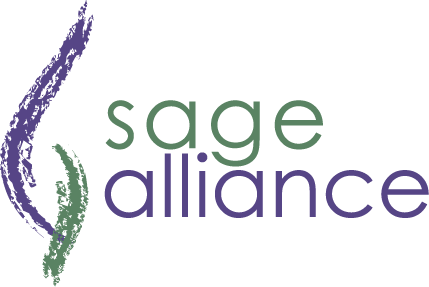
As you continue your journey of self-awareness, it’s important to see what patterns emerge so you can focus on the things you do consistently well. You’ll need to prioritize the skills that you are best at. Once you’ve gathered all the feedback about you, as I detailed in my earlier three steps, it’s time to create a SWOT Analysis on you. That is; Strengths, Weaknesses, Opportunities and Threats.
On a piece of paper create a four-box grid and label it as the diagram below:

Your strengths are what come naturally to you. In some cases, they may be a surprise to you. Why? Because you do them with such ease you may not realize others don’t perform them at the same level of expertise as you do. Based on the data you gathered about yourself, what are your greatest strengths? How do these strengths “show up” on the job? Take the time to list your strengths in this first box along with examples of where you use your strengths the most.
We all have development areas or for the purposes of our SWOT analysis, weaknesses. These are the areas that we struggle with over time. It takes greater effort and energy to perform in these areas. As you think about your weaknesses, think about soft skills; those skills that will help you connect with people, communicate effectively, be a better leader. Steer away from functional requirements of your job such as “I could be better in finance” or “I need to learn the finer points of power point”. Your weaknesses are the things that will stand in the way of you reaching your goals and putting forth a consistent brand. Consider the following questions; what areas don’t come as naturally for you? What are your potential blind spots or challenges? And how do these areas “show up” in your behavior, i.e. what do others notice?
The Opportunities section is where you to think about ways in which you can leverage your strengths. You already made a list of some examples of where you use your strengths on the job today. Now is the time to think about proactive measures you can take to put your strengths to work. It may involve volunteering to be on particular types of projects or taking the initiative where you hadn’t in the past. Whatever it is, it’s important to come up with some solid ways to put your brand front and center. For you to be viewed as someone who has a consistent brand, you need to be doing more in the areas that come naturally to you, your strengths.
And lastly, the Threats are what stand in your way of a consistent brand. In many cases you may be the one standing in your own way. Fear could hold you back as well as not taking the necessary risks that put you in the spotlight. There may be organizational factors at work as well. This is the time to gain clarity on the obstacles that stand in your way so you can put together an action plan to address those items. The more you put yourself in situations where you leverage your strengths, the more opportunity you will have to gain visibility and shine.
Sage Alliance, a Leadership Performance Company, provides coaching, teambuilding and assessments, workshops and speaking on topics including; leadership development, empowering teams, communications, lasting impressions, personal branding and building a coaching culture for executives and high-potentials – for both team and individual leaders.
Contact us today to discover how your organization can get the most through improved productivity, efficiency and direct impact to your bottom line, while leaders gain powerful insight, crystallize opportunities for growth and fine tune their strengths, enabling them to make the greatest impact. You can contact Shelley Hammell directly at shammell@thesagealliance.com.
